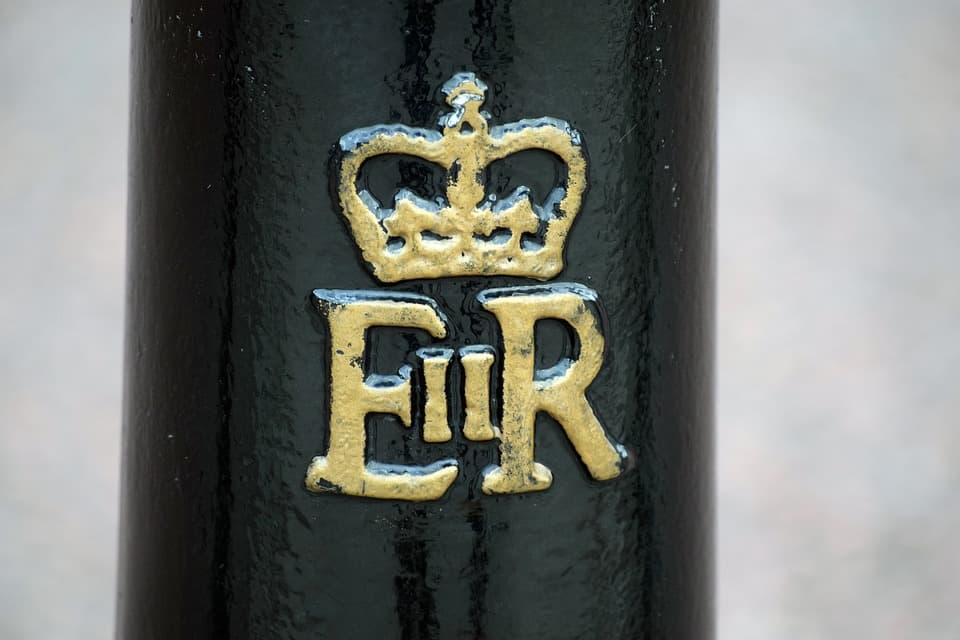
A royal cypher is a monogram or monogram-like device of a country’s reigning King or Queen. Often, royal cyphers consist of the initials of a monarch’s name and title, sometimes interlocking, and with a crown sat above.
Royal cyphers usually appear on letter boxes, government buildings and State documents. In Britain, they are also often used on stamps. The most recognisable one being Queen Elizabeth II’s, which is her initial ‘E’, with the initial ‘R’ for Regina, and the Roman numerals ‘II’ sat in between. In this blog, we explore all you need to know about royal cyphers…
Where did the royal cypher originate from?
Within the Commonwealth realms, the use of royal cyphers originated in the United Kingdom. Public use of cyphers dates back to the early Tudor period, where it was simply just the initial of the monarch. After the reign of Henry VIII, the letter ‘R’ for ‘Rex’ or ‘Regina’ was added, with ‘Rex’ being Latin for king, and ‘Regina’ being Latin for queen. During Queen Victoria’s reign, the letter ‘I’ for ‘Imperatrix’, which is Latin for emperor or empress, was used after she became Empress of India. A crown or the royal arms were later added to the initials, and this was so that the public could easily identify an individual sovereign, especially on landmarks which they would have commissioned.
Latin Styles
Royal cyphers have always referenced the monarch’s first name in English. Their coin legends, however, have always used Latin, excepting Queen Elizabeth I, Queen Elizabeth II and now King Charles III. Both King Charles I and King Charles II were styled ‘Carolus’ on their coinage. In fact, all kings of Britain (up to Charles III) have opted for the Latin version of their names (George I, II, III, IV, V and VI have all been ‘Georgius’, William IV was ‘Gulielmus’, Edward VII was Ewardus, and James II was Iacobus). It appears that King Charles III is going for the more relaxed English spelling of his name on his coinage, and in his cypher, even though the rest of his titles are in Latin.
King Charles III’s royal cypher
King Charles III reportedly chose his cypher from a range of designs by the College of Arms, who regulate coats of arms in England, Wales and Northern Ireland. His royal cypher consists of an interlocking letter ‘C’ and letter ‘R’, with the Roman numerals ‘III’ inside of the ‘R’, all surmounted by a Tudor crown. Charles has followed in the footsteps of Edward VII, Edward VIII, George V and George VI who all opted for the Tudor crown. His Scottish cypher, however, uses the Crown of Scotland instead. We will start to see our new king’s royal cypher appear soon, however, items such as letter boxes will only be updated when they need to be replaced, and so will continue to hold the cypher of Queen Elizabeth II.
Featuring King Charles III’s royal cypher on the reverse, these new sovereign coins are the first of their kind to celebrate the accession of a British monarch. Secure yours HERE.


